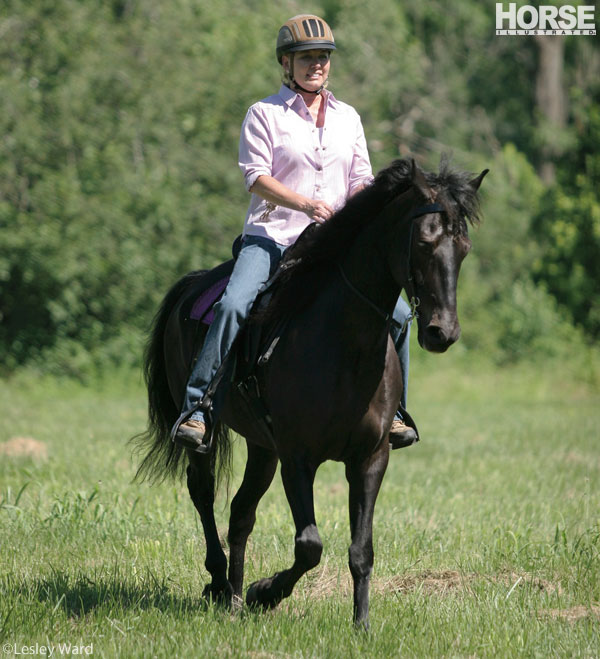
Happy is the horse that carries a well-balanced rider with a secure seat and soft hands. Your goal should be to ride this way all the time, whether it’s for one hour or all day. When you’re not in balance, you’ll resort to excessive muscle tension, or grip. This results in rider fatigue and, consequently, pounding on your horse’s back and bumping his mouth. Riding in balance requires good alignment and muscle tone to keep you light in the saddle.
Now think about riding an alert horse versus a lazy one. If you ride the alert, prancing horse with tension and grip, you will finish the ride exhausted. If you ride with a secure, balanced seat and good muscle tone, you’ll have control and still have energy at the end of your ride. Riding the lazy horse will not require the same level of muscle tone, yet if you ride as if you were sitting in a lounge chair, the horse will be more tired at the end of the ride than if you had ridden him with muscle tone.
Next, consider the balance of your upper body. Your head is really quite heavy, and if you allow it to drop forward and hold it in position with tension, rather than balancing it on top of your spine, it becomes very tiring to the muscles in your neck, shoulders and upper back. Your head is designed to balance on top of the atlas joint, which is high up inside the skull between your ears. If you place your thumbs in your ears and spread your fingers on top of your head, as if holding a ball, then nod your head up and down, you will get a feel for where this balance point is. As you nod, gently lift your head upward and backward, moving your chin back and your face to vertical, until you find a point where no tension is required to hold it there. You will feel a lightness that releases tension in other parts of your body. Your shoulders will relax and your back will feel longer and wider. As your head comes into balance, everything else will line up below it.
To check for true vertical position in your torso, place one hand on your abdomen and the other on your back in your waist area. Leaning back from the hip joint, you will feel your abdominal muscles tighten. Leaning forward, you will feel the abs release and the back muscles tighten. The point at which neither muscle group is engaged is your true vertical. Finding this stable (not rigid) position is essential in order to allow your pelvis to swing with the movements of your horse’s walk and your hands to be independent and soft.
Further Reading
Trail Problem Solver
A Balanced Approach to Western Equitation
PRISCILLA LINDSEY has been a professional riding instructor for over 30 years and is a horsemanship judge for North American Trail Ride Conference (NATRC) competitive trail rides. She and her husband, Steve, have competed for many years in distance riding events sponsored by NATRC and the Arabian Horse Association, winning national and regional championships with horses they have raised and trained.
This article originally appeared in the September 2013 issue of Horse Illustrated. Click here to subscribe.

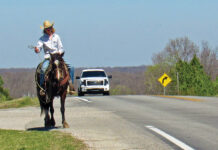
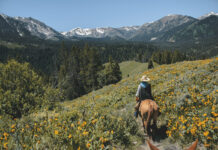
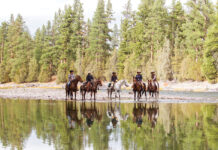

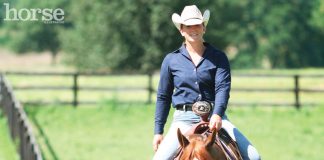

This is a very well written article. I feel that by nature, I ride that way. At least I hope I am riding that way. But I have a friend, who is a guy, who does ride like he is in a lounge chair, no matter what horse. It seems he is always behind balance. Not in front, but behind. And I do think it hinders the horse.
Makes perfect sense.
Nice article
Great advice.